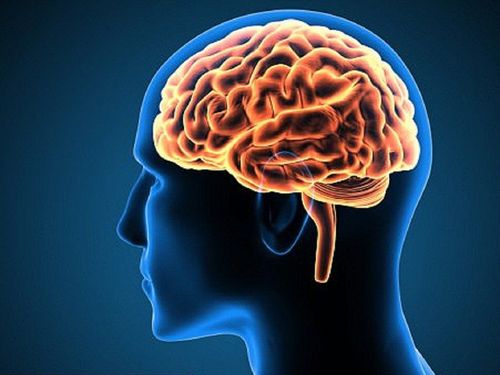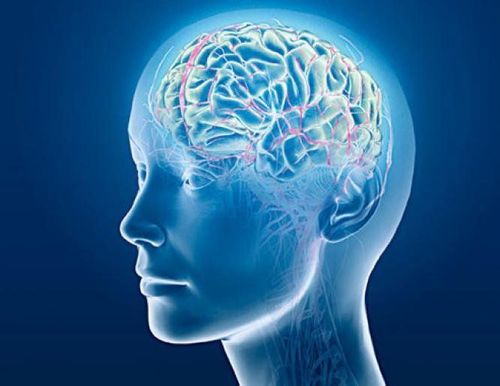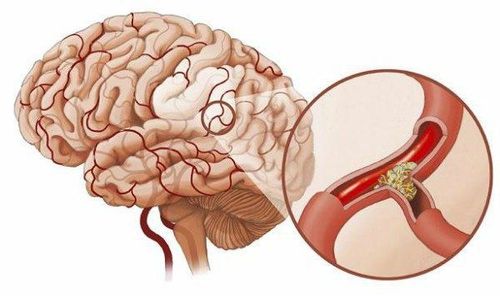This is an automatically translated article.
The article was written by MSc Le Thi Minh Huong - Department of Resuscitation - Emergency - Vinmec Nha Trang International General Hospital1.Epidemiology Cerebral venous thrombosis is a rarer disease than other forms of cerebral stroke. The disease has an incidence between 0.22 and 1.57/100,000. The disease is more common in women than in men, with a ratio of 3/1. Venous thromboembolism associated with hypercoagulability: pregnancy, postpartum, oral contraceptive use, malignancies, head trauma, concomitant neurological infections.
2. Diagnosis of cerebral venous thrombosis
To diagnose cerebral venous thrombosis, your doctor will evaluate your symptoms as well as your personal and family history. However, the final diagnosis depends on examining the blood circulation in the brain. To check blood flow, your doctor may use imaging tests to detect blood clots and swelling.
2.1 Definitive diagnosis History and clinical:
The most common are focal neurological signs. Pregnant women, postpartum women, or patients with hyperactivity disorder must be considered for diagnosis when neurological symptoms are present. Bilateral symptoms, seizures, headache, papilledema, or other signs of increased intracranial pressure must be suspected. A few cases with pseudotumor brain syndrome caused by venous thrombosis.
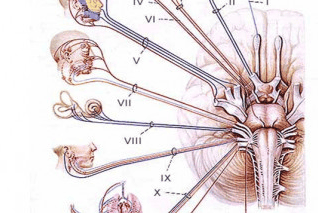
Through imaging:
CT venous scan: A CT scan uses X-ray images to show the doctor the bones and blood vessels. In this procedure, your doctor will also inject contrast material into your vein to create an image of your blood flow, helping to detect blood clots. Intravenous MRI: A test that creates pictures of the blood vessels in the head and neck area. It can help your doctor evaluate blood flow, abnormalities, stroke, or bleeding in the brain. In this procedure, your doctor injects a contrast dye into your bloodstream so that the blood flow can be clearly seen and to help determine if the blood is clotting. Intravenous DSA: More specific than CT or MRI. But it is not usually necessary to establish a diagnosis. Cerebrospinal fluid puncture: CSF symptoms are not specific. Cerebrospinal fluid pressure increases, protein increases, and cells may also increase. Laboratory tests: Biochemical tests help to suggest the cause of hypercoagulability and inflammation. 2.2 Diagnosis of the cause Diagnosis of the cause is based on the status of the cause of cerebral venous thrombosis including:
Infectious causes: Infection of the orbit, mastoid, middle ear, meningitis... Causes no related to infection: Cancer, water-proliferative disorders, dehydration, coagulation disorders, collagen diseases, head trauma,... 2.3 Differential diagnosis Types of arterial stroke, tumor encephalitis, sinusitis, encephalitis, meningitis, traumatic brain injury, eclampsia, reversible posterior leukoencephalopathy... In all cases, cerebral venous thrombosis should be considered in the differential diagnosis. Only then can a definite diagnosis be reached.
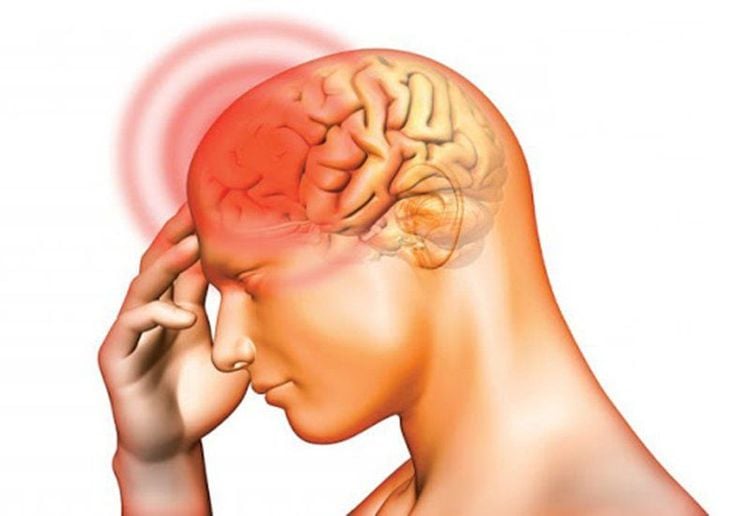
3. Treatment of cerebral venous thrombosis
3.1 Principles of Treatment The choice of treatment for cerebral venous thrombosis depends on the severity of the condition. Treatment is mainly focused on:
Preventing the progression of thrombosis. Treatment of raised intracranial pressure and convulsions. Thrombectomy or thrombolysis treatment. 3.2 Specific treatment Anticoagulation:
Low molecular weight heparin (lovenox) combined with vitamin K anticoagulant (warfarin, sintrom) is indicated for most cases. Beneficial in both patients with or without the hemorrhagic pattern. Lovenox was administered until the target INR (2-3). The duration of vitamin K anticoagulation has not been agreed upon, and is decided based on the cause and anatomical conditions such as revascularization and systemic blood flow (approximately 6 months to 1 year in cases where no cause is found). core). Thrombolysis treatment:
Direct catheterization and mechanical thrombectomy with transvenous method of venous sinus obstruction. May be indicated in critically ill patients with deep venous involvement or extensive superficial venous sinusitis. However, there is no evidence to allow this treatment to be recommended. Surgical treatment: For severe cases of cerebral venous thrombosis, your doctor may recommend surgery to remove the clot and immobilize the blood vessel. This procedure is called thrombectomy.
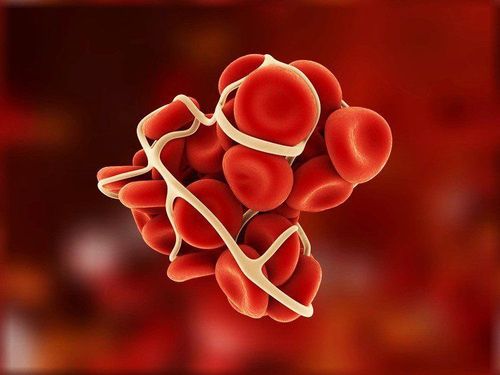
3.3 Supportive treatment Use of antibiotics in combination with specific treatment according to the causative agent. Supportive treatment against epilepsy, treatment of increased intracranial pressure, nutrition, rehydration electrolytes, care of paralyzed patients, coma and rehabilitation.
This is a group of patients who need to be closely monitored for hemostasis, need to be monitored at facilities that can check INR and have experience in anticoagulation therapy. At first, you can monitor every week, then maybe every month when more stable to ensure the effectiveness of anticoagulation. CT scan or MRI should be considered when symptoms or signs of recurrence or complications of anticoagulation are present.
Cerebral venous thrombosis is a dangerous disease. Therefore, the early diagnosis of cerebral venous thrombosis when the patient is admitted to the hospital has great significance for the emergency and treatment of cerebral venous thrombosis, which helps to increase the patient's recovery ability.
Any questions that need to be answered by a specialist doctor as well as if you have a need for examination and treatment at Vinmec International General Hospital, please book an appointment on the website to be served.
Please dial HOTLINE for more information or register for an appointment HERE. Download MyVinmec app to make appointments faster and to manage your bookings easily.
SEE ALSO
Stroke: Causes, signs, and ways to prevent it Rehabilitation for patients with sequelae of cerebrovascular accident Notes that must be remembered when giving first aid at the scene of a stroke





